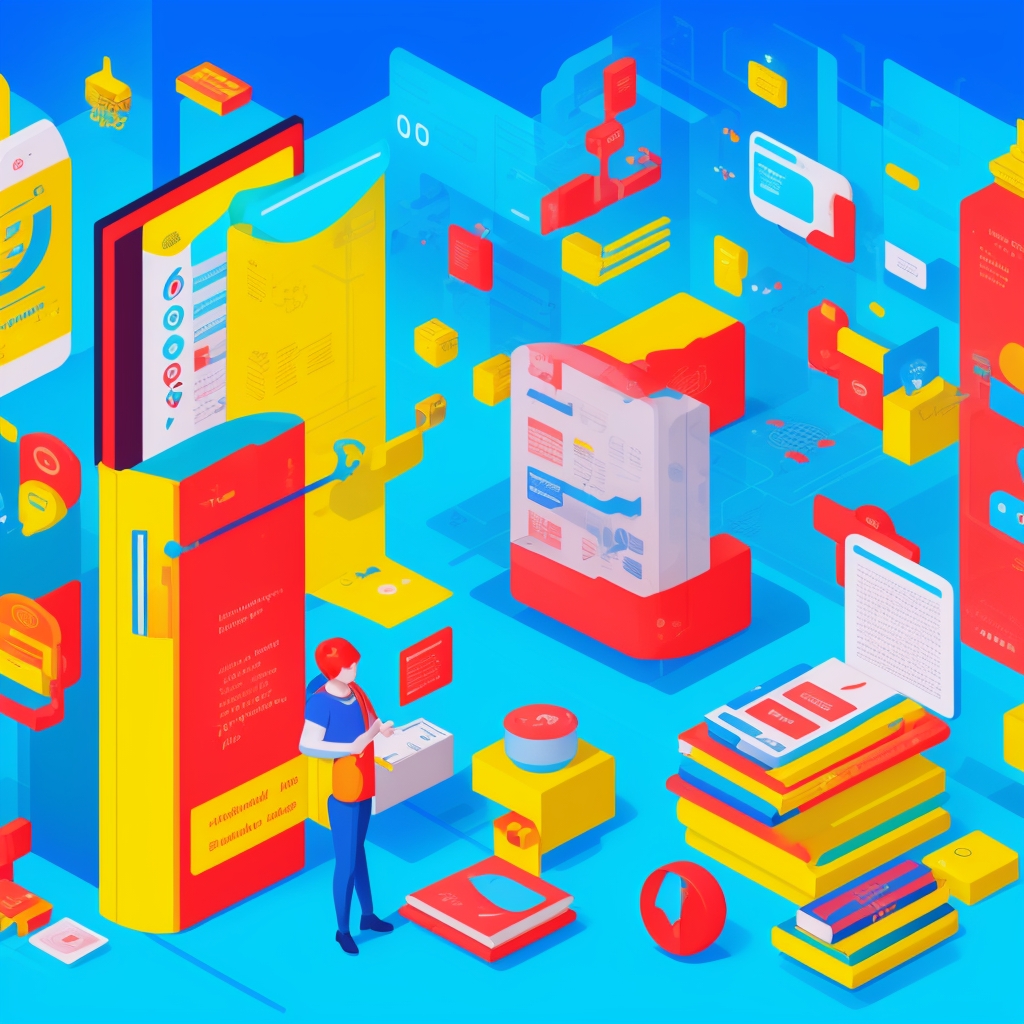Understanding AI-Driven Translation Tools: Beyond the Hype
Last week, I watched a team of language and communication experts stumble on the same question I wrestled with a few years ago: “How do AI-driven translation tools really work?” It’s frustrating to see because, honestly, the answer is well within reach, if you know where to look. Let’s face it, the idea of machines translating languages with the finesse of a human is as exciting as it is daunting. But what many miss, surprisingly, is the sheer intricacy beneath the surface. So, let’s dive in.
The Real Problem: Overlooking the Complexity
Here’s the thing though—AI translation tools aren’t just about swapping words from one language to another. They involve complex algorithms, sophisticated machine learning models like Neural Machine Translation (NMT) and Large Language Models (LLMs), and an understanding of context that many profoundly underestimate. Have you ever truly stopped to wonder how these tools decide between different meanings of the same word? Or how they handle idioms, cultural nuances, or even sarcasm? That’s where the magic (and the challenge!) truly lies, and unfortunately, where many people trip up.
It’s fascinating to watch the machine translation market grow, estimated at over $1.35 billion in 2024 and projected to reach around $1.49 billion in 2025, with continued growth expected. This rapid expansion underscores just how crucial these tools are becoming. However, in my experience, the biggest pitfall is still assuming that AI can fully replace human translators. While AI has come an incredibly long way—with NMT and LLMs showing remarkable improvements in accuracy and contextual understanding in 2024—it still doesn’t “understand” language the way humans do. It processes vast datasets, identifies patterns, and predicts outcomes. And although it’s improving rapidly, particularly with advances in real-time translation and integration into content management systems, there’s still a discernible gap between human intuition and machine processing when it comes to true linguistic and cultural comprehension.
Practical Ways to Make the Most of AI Translation Tools
So, how can you leverage these tools effectively without falling into common traps? Here are a few insights gleaned from years in the field:
- Understand the Limitations: Recognize that AI translation tools are not flawless. They’re undeniably great for getting a general sense of the text, and for high-volume, repetitive content. However, they can still struggle immensely with context-heavy content, idiomatic expressions, humor, sarcasm, and highly specialized vocabulary. For nuanced translation—think marketing copy, legal documents, or anything requiring cultural sensitivity—a human touch is often, and really, always necessary.
- Combine Human and Machine Efforts: This is where the magic truly happens, and it’s a trend that’s booming. Use AI for initial drafts and have a human translator refine the output. This hybrid approach, often called Machine Translation Post-Editing (MTPE), offers the best of both worlds—speed and accuracy. Studies show that MTPE can reduce costs by 30-50% and editing time by up to 63% when supported by LLMs, while still maintaining human-level accuracy. It’s a strategic partnership, not a replacement.
- Stay Updated with Technology: AI is continually evolving at an unprecedented pace. Keep a keen eye on machine learning transformations to understand new features and improvements that might enhance translation accuracy. For instance, the integration of LLMs like ChatGPT-4o into translation software is significantly enhancing post-editing productivity.
- Ethical Considerations: Be mindful of the ethical implications of AI in translation. Misinterpretations can lead to cultural misunderstandings, and AI models can even harbor implicit biases from their training data, which might affect translation quality. Explore ethical AI development for more crucial insights.
- Train the AI: What’s interesting is that many advanced tools allow for customization. Feeding them with your specific phrases, glossaries, and contexts can improve their output significantly. It’s like teaching a new language to a student—patience and tailored input truly pay off.
What I Would Do Next
If you’re venturing into using AI-driven translation tools, my personal recommendation is to start small. Focus on simpler, less critical text and gradually move to more complex documents as you become comfortable with the tool’s capabilities and, crucially, its quirks. It’s akin to learning to drive; you wouldn’t start on a busy freeway, right? You build confidence on quieter roads first.
By the way, if you’re curious about the broader implications of AI surpassing human capabilities, you might find AI vs Human: When Will Machines Surpass Us? a fascinating read. It offers a glimpse into the future of AI and its potential to transform industries far beyond language.
Conclusion
AI-driven translation tools are powerful allies in our increasingly globalized world. Yet, they absolutely require a thoughtful, informed approach to use effectively. Recognizing their inherent limitations, strategically combining them with invaluable human insight, and staying rigorously informed about technological advancements are key to harnessing their full potential. So, next time you find yourself wondering about these tools, remember—they’re not just about words; they’re about the intricate, nuanced art of communication itself.
Tags: AI Translation, Language Processing, Machine Learning, Technology and Language, Communication Tools








